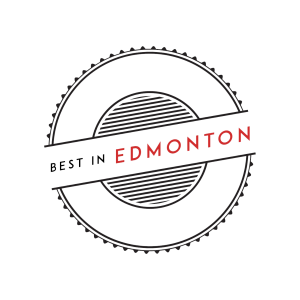Profit-Driven Marketing to Scale Your Business


Here's How We Help
Loop Strategic Marketing provides research-backed, systematic solutions to increase your revenue. We provide the knowledge, guidance, and execution needed to drive more sales to your business while increasing your ROI.
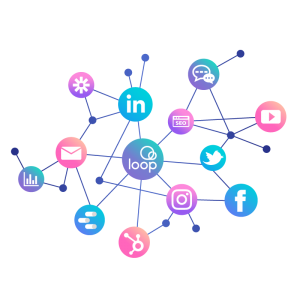

Your Digital Strategy Experts
From Google Ads to HubSpot software implementation, we are certified to implement your digital ops strategy from top-of-funnel to closed business.
We're educators, consultants, and
business builders
Want to know how we can help your business? Let's Chat!
Make your next campaign a hit with Loop.
A FULL SERVICE DIGITAL SERVICES AGENCY
Real Strategy
We use years of research and experience to craft profitable campaigns for our clients.
Data Driven Decisions
The numbers don't lie. We track your marketing analytics diligently to identify what is working and what needs work.
Not Just Marketing
We are a full digital operations agency. Our skillset goes far beyond digital marketing for a complete client experience.
Quantifiable Results
We back up our work with trackable results. We work with our clients to identify what they need for results, and work backwards from there.
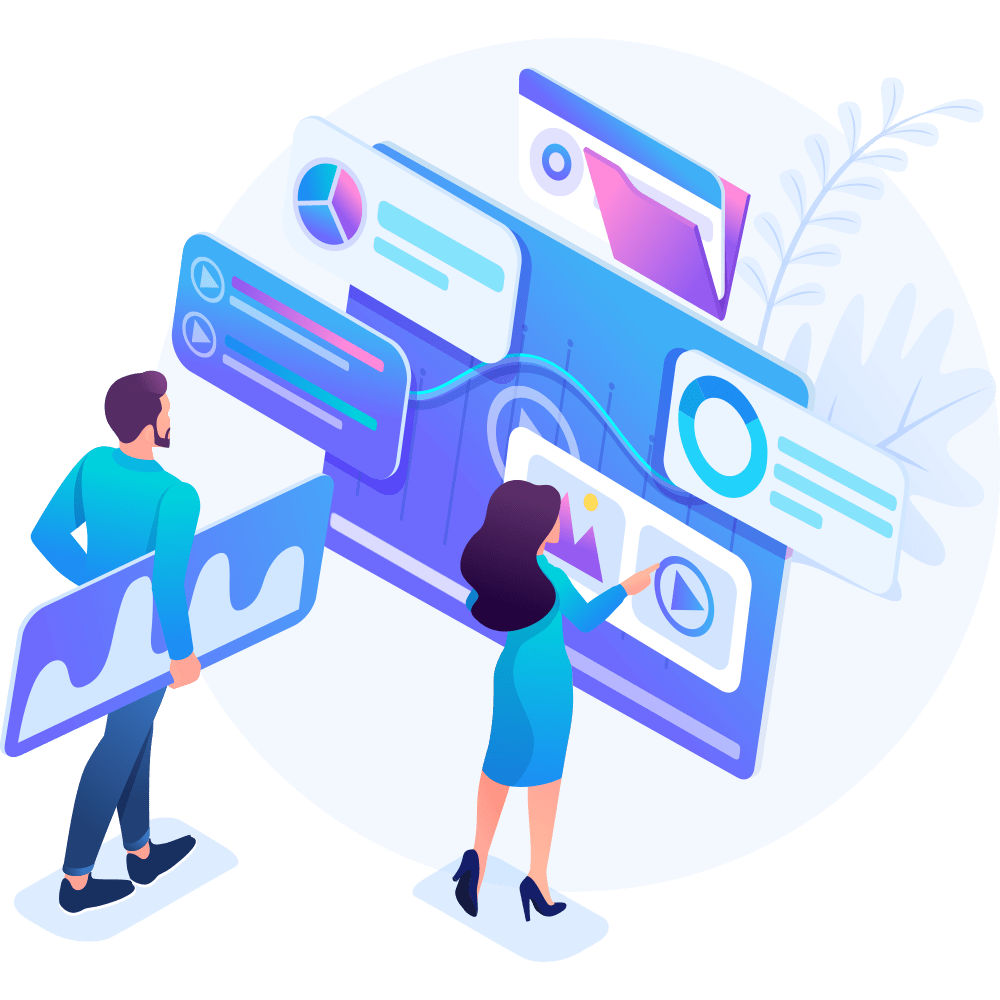

Finding the right technology mix for every client.
Do you know what your business needs? Select your service below. If you’re not sure, thats fine too! We can take you through a needs analysis to identify the right marketing mix for where your business is at.
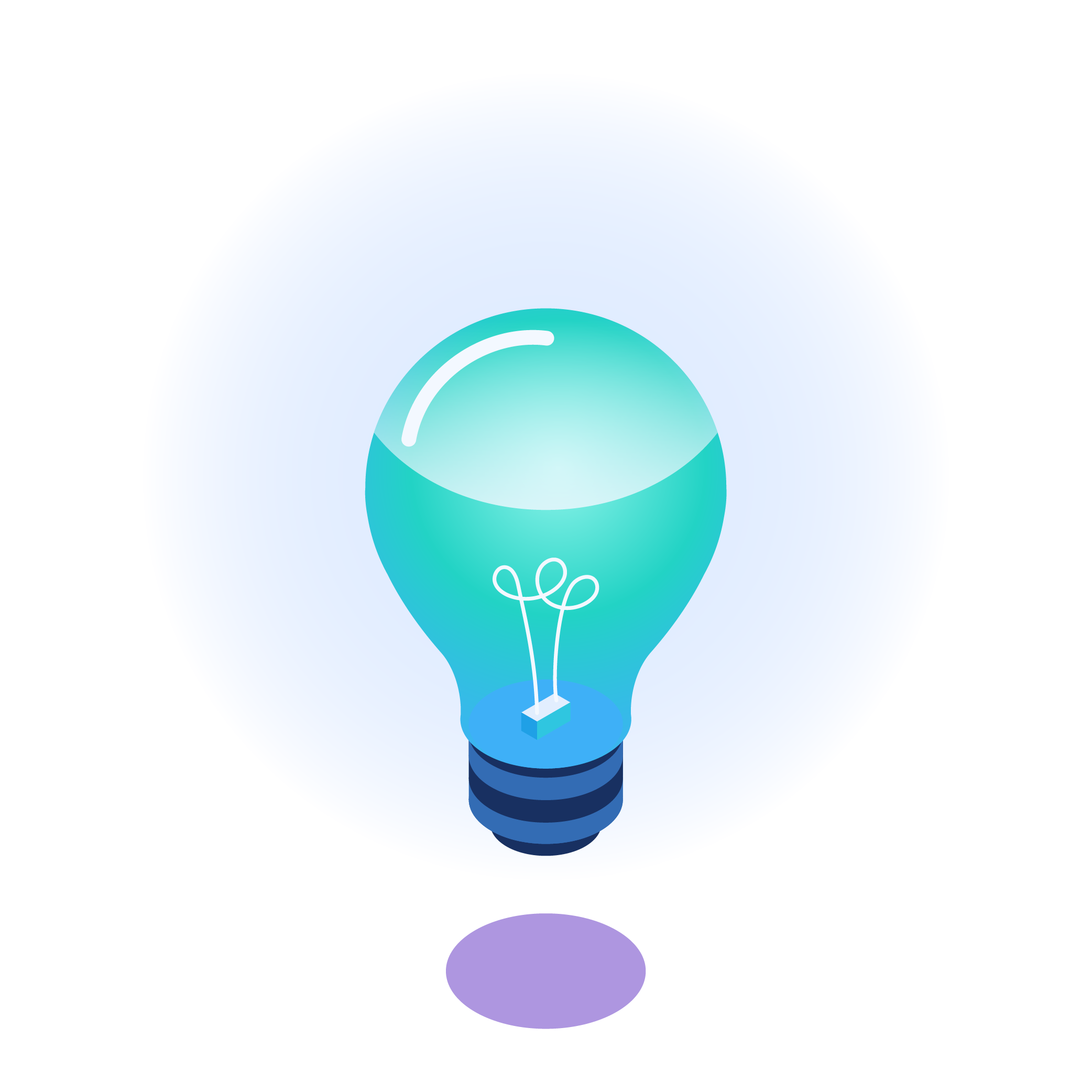

Marketing Strategy
We help you identify your ideal customer, and build a plan to reach them consistently.


Web Design
We build beautiful & effective websites that resonate with your customers and convince them to take action.
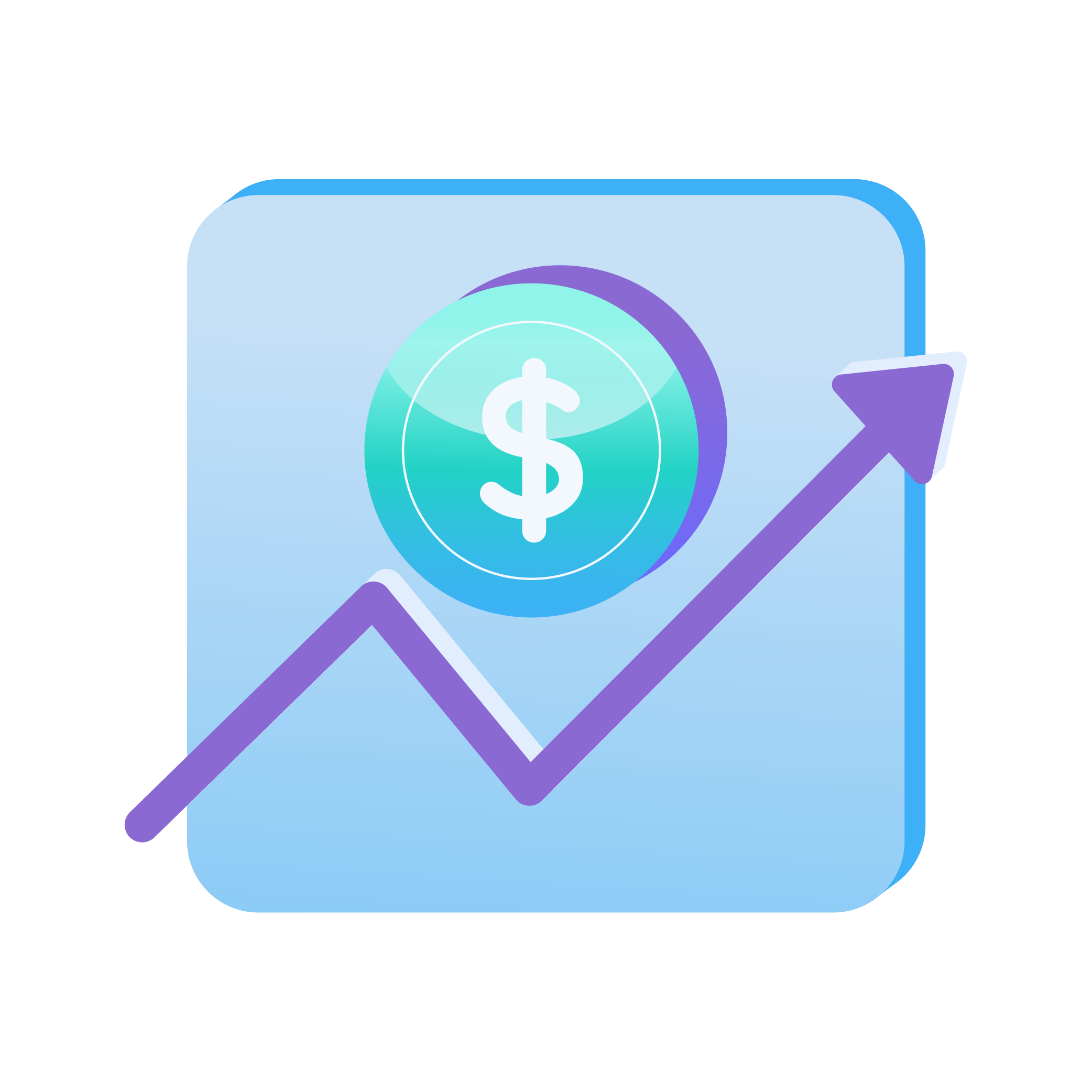

Paid Advertising
We build you a quick, systematic, and effective way to start driving more revenue to your business.


SEO
We build you a long-term & sustainable organic marketing funnel.


Branding & Content Creation
We help you deliver your message to customers in a consistent and impactful way.
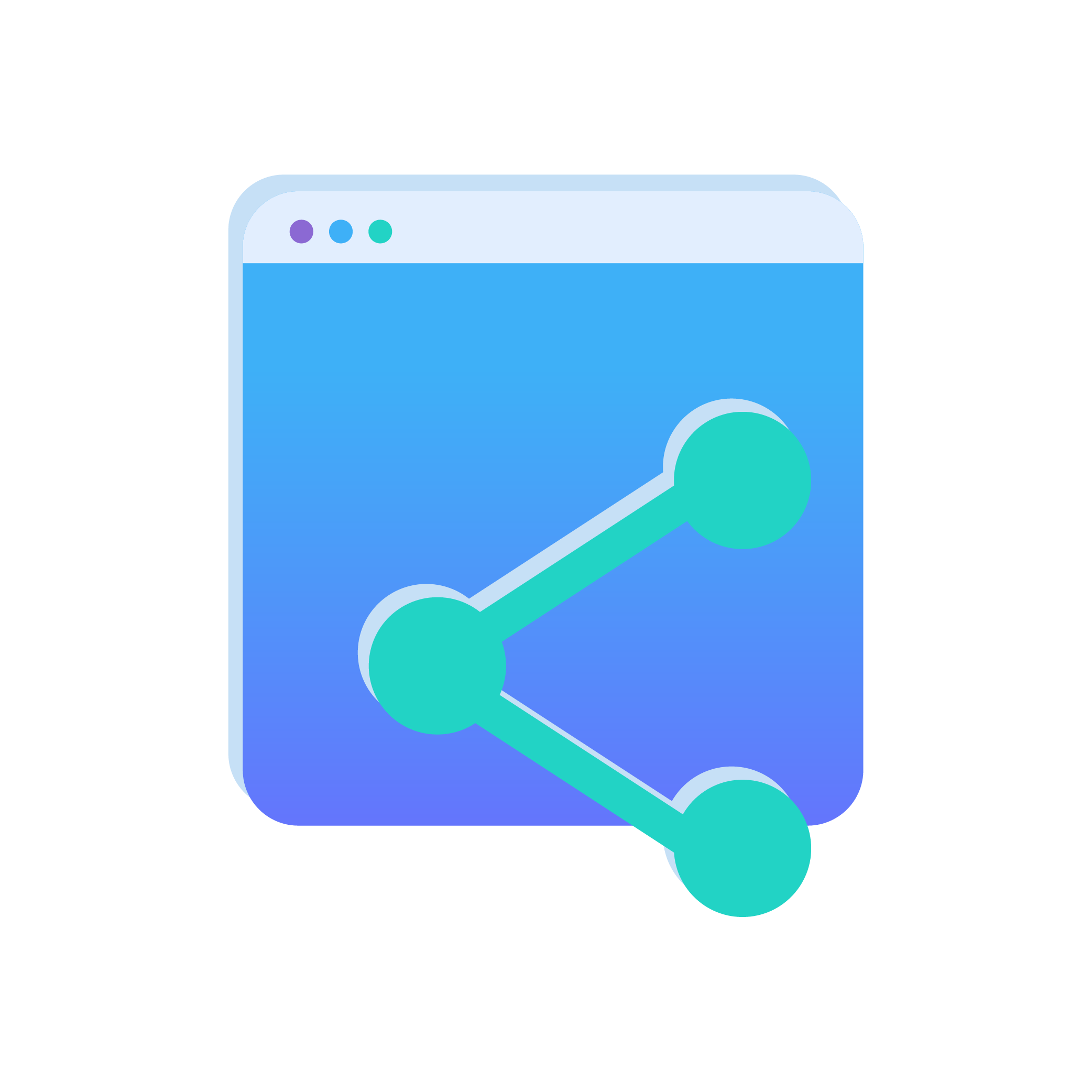

Social Media Marketing
We target your ideal client and give them content that brings value.
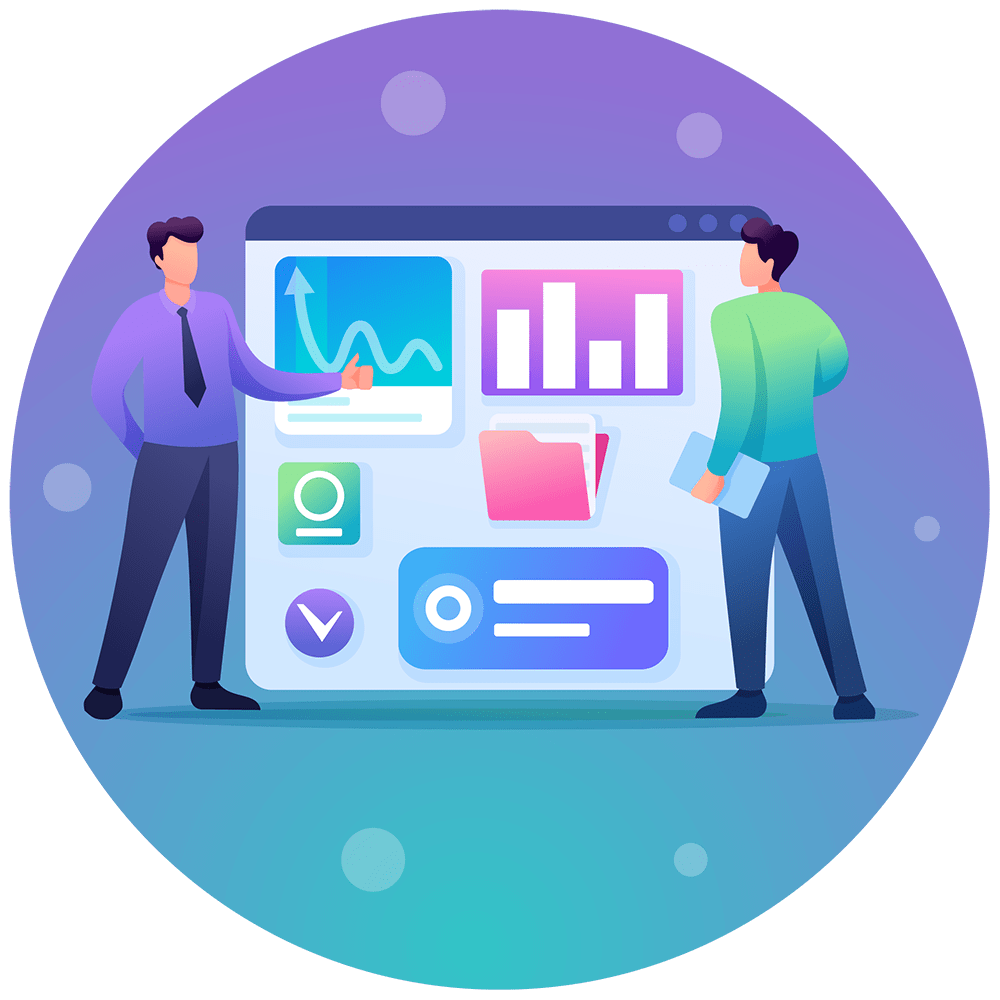

THE RIGHT DIGITAL STRATEGY FOR EVERY INDUSTRY WE SERVICE
Our track record is proven in several industries.
- Healthcare & Medical Services
- Business-to-Business Services
- Residential Real Estate Agents & Brokerages
- Residential Service Businesses
- Restaurants & Retail
Frequently Asked Questions
SEO (Search Engine Optimization) and PPC (Pay-Per-Click) are both crucial components of digital marketing but serve different purposes. SEO focuses on improving a website’s organic search rankings to increase visibility and drive free traffic over time. It involves optimizing website content, structure, and external factors like backlinks to rank higher in search engine results. PPC, on the other hand, involves advertisers paying for clicks to their website through ads placed in search engine results or on other websites. While SEO efforts take longer to show results, PPC can provide immediate traffic and visibility. Both strategies are complementary, with SEO providing long-term value and PPC offering quick results and precise targeting.
Was this FAQ Useful?
Participating in the Canada Digital Adoption Program (CDAP) can help businesses develop a comprehensive digital marketing strategy, increase productivity, improve customer engagement, enhance their online presence, better understand their data, and enhance cybersecurity measures. By leveraging digital technologies and tools, businesses can become more competitive and successful in today’s digital marketplace.
Was this FAQ Useful?
When choosing a strategic marketing agency, it is important to consider your specific needs and objectives. You should also research various agencies to find one that is a good fit for your business.
Was this FAQ Useful?
A marketing plan is an element of your business plan. Your marketing plan should break out how you want to reach your customers, what message you’re going to hit them with, and how are you going to profitably grow your business with affordable marketing strategies. Your business plan should be the all-encompassing document that outlines all areas to successfully operate your business.
Was this FAQ Useful?
The biggest thing to keep in mind when you are trying to execute is clearly defining what you want to be done:
- Identify who is responsible for it
- break out the laser-specific steps that need to be completed
- Communicate expectations with the relevant team members/contractors
- Give space for questions
- Follow up and confirm once the deliverables are completed
- Review what went well, what didn’t go well, and what can be done next time
- Use the learnings for future marketing plans/strategies
Was this FAQ Useful?
Measuring the success of your branding efforts involves assessing both quantitative and qualitative metrics. Quantitatively, key performance indicators (KPIs) such as website traffic, social media engagement rates, conversion rates, and sales figures can provide insight into how well your branding resonates with your target audience. Increases in these metrics can indicate successful brand awareness and engagement strategies. Qualitatively, brand perception surveys and customer feedback can help gauge the emotional and psychological impact of your branding on the audience. These insights can reveal how your brand is perceived regarding reliability, relevance, and differentiation from competitors. Monitoring social media mentions and sentiment analysis can also offer valuable feedback on your brand’s reputation and customer satisfaction levels. Additionally, tracking the performance of specific branding campaigns and initiatives over time allows you to understand what strategies are working and where adjustments may be needed. It’s important to set clear objectives at the outset of your branding efforts and use a mix of these quantitative and qualitative measures to evaluate success against these goals. Regularly reviewing these metrics will enable you to fine-tune your branding strategy, ensuring it remains effective and aligned with your business objectives.
Was this FAQ Useful?
The funding provided through the Canada Digital Adoption Program (CDAP) is intended to cover the costs associated with developing a comprehensive digital marketing strategy, including the costs of hiring a digital advisor, conducting discovery sessions, and producing a detailed plan. The funding cannot be used to cover implementation costs, such as the purchase of digital tools and technologies or the hiring of additional staff. The goal of the CDAP program is to help businesses develop a roadmap for their digital transformation, and to provide support and resources to help them implement their plan effectively.
Was this FAQ Useful?
Creating and optimizing content for Search Engine Optimization (SEO) involves a strategic approach focused on producing relevant, high-quality content that aligns with the interests and search behaviours of your target audience while also adhering to search engine standards. Here’s a step-by-step guide to creating and optimizing content for SEO:
1. Understand Your Audience
- Identify your target audience: Understand who they are, what they care about, and their challenges.
- Search Intent: Determine what your audience is looking for when they search for keywords related to your business. Identify whether their intent is informational, navigational, transactional, or commercial.
2. Keyword Research
- Find relevant keywords: Use tools like Google Keyword Planner, Ahrefs, or SEMrush to find keywords that your target audience is searching for.
- Choose keywords wisely: Select keywords based on their search volume, difficulty, and relevance to your content. Consider long-tail keywords, which are less competitive and more specific.
3. Create Quality Content
- Content type: Decide on the type of content that best suits your SEO goals and audience needs—blogs, articles, how-tos, guides, videos, etc.
- Value and relevance: Ensure the content is useful, informative, and engaging. It should answer questions or solve problems related to the keywords.
- Content structure: Use headings (H1, H2, H3) to structure your content. This helps both users and search engines understand the different sections of your content.
4. Optimize for Keywords
- Naturally integrate keywords: Include your target keywords in the title, headings, introductory sentence, concluding paragraph, and throughout the content naturally.
- Keyword density: Maintain a reasonable keyword density that feels natural and not forced. Overusing keywords can lead to penalties for keyword stuffing.
5. Optimize Technical Elements
- Meta titles and descriptions: Write compelling meta titles and descriptions with targeted keywords. These appear in search results and can influence click-through rates.
- URL structure: Ensure URLs are short, readable, and include a keyword if possible.
- Alt tags for images: Use alt tags to describe images, incorporating keywords when appropriate. This helps search engines understand the images and can also improve accessibility.
6. Use Internal and External Links
- Internal linking: Link to other pages within your website to help search engines crawl your site more effectively and keep users engaged.
- External linking: Include links to reputable sites to provide additional value and increase the credibility of your content.
7. Content Freshness
- Update regularly: Keep your content up-to-date by revisiting and updating older posts. This shows search engines that your content remains relevant.
8. Mobile Optimization
- Responsive design: Ensure your content looks good and functions well on mobile devices, as this can significantly affect your search rankings.
9. Use Analytics to Measure and Improve
- Monitor performance: Use tools like Google Analytics to track how your content is performing. Look at metrics like page views, average time on page, and bounce rate.
- Adjust based on data: Use the data to understand what works and what doesn’t, and adjust your content strategy accordingly.
Creating and optimizing content for SEO is about balancing the quality of the information you provide with the optimization techniques that help search engines understand and value your content. This balance will help you rank higher in search results, attract more traffic, and achieve your business goals.
Was this FAQ Useful?
Strategic planning in marketing is the process of developing a market-oriented strategy and then implementing that strategy through marketing programs and initiatives. Strategic planning in marketing aims to create value for the company by attracting and retaining customers.
Was this FAQ Useful?
Web design is a term that is loosely used to describe all areas of building a website. Technically speaking, the design side of websites should focus on user experience, styling, formatting, and how the site looks/is structured. Usually, this is not the only thing that people are meaning when they say web design. When you look at the actual creation of a website, this is Web Development. Which is more of the technical side of creating the database, using the software /tools available to create the site.
When most people think about web design, they think about the act of creating a website including all relevant areas.
Was this FAQ Useful?


